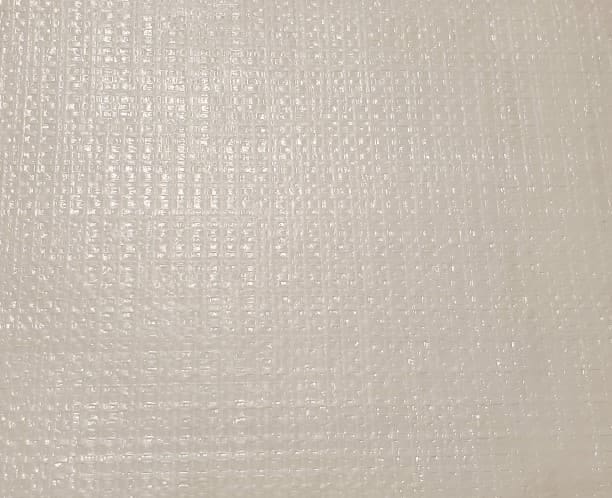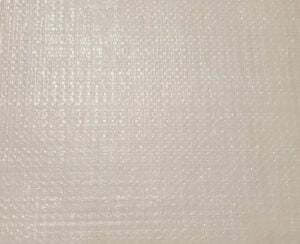Encapsulation White Cap: It’s About the Material, not the Mils*

*One Mil = One-Thousandth of an Inch
We have a tendency to think that if a little is good, then a lot is even better. But this isn’t always true; two heavy fleece blankets are great on a cold night, but twenty are going to make you feel like a smothered baked potato. In fact, the best solution might instead be a single electric blanket.
Wondering what blankets have to do with encapsulation? They’re a surprisingly good analogy that illustrates the options available to contractors who perform encapsulation installations.
Acculevel has been encapsulating homes since our start in 1996. We’re a family-owned and operated company based out of Central Indiana. In the last few decades, we have helped thousands of homeowners convert their damp and dirty crawl spaces into clean dry storage areas.
Until recently, we’ve been using a heavy plastic liner that is 20 mils thick as our encapsulation product. This string-enforced liner has an antimicrobial coating that inhibits mold growth and preserves the material against decay.
Beginning in December 2020, we have adopted a new material that will better serve the needs of our customers.
Upgrading 20 Mil White Cap Won’t Involve a Heavier Liner
As you may have guessed from my blanket conversation, we’re not changing to a plastic liner thicker than 20 mils. There’s nothing wrong with the product we have been using; our product distributor has just found something we like better.
Instead of relying on the thickness of the material to keep out water and odors, we’re now focused on the quality of the material. Our new white cap is a woven interlaced liner with greater tensile strength and puncture resistance. It can withstand more force, so if a plumber or other utility repairman needs to access your crawl space, you don’t have to worry about them damaging your encapsulation. (You still can’t let your child tap dance in cleats across it, but the more typical wear & tear is fine.)
Unlike our previous white cap, which needed an antimicrobial coating, this woven liner is made entirely of inorganic material. It’s 100% virgin resin polyethylene, so it will not support mold or mildew growth.
 This is a close-up picture of our new white cap.
This is a close-up picture of our new white cap.
Our Woven Interlaced Liner Has an Additional Benefit
Radon mitigation is not a service that Acculevel provides. However, the white cap material we use is “radon ready” material. In any mitigation system, the liner provides the bulk of the protection (approximately 85-90% of the system value is the liner). This means if radon is an issue and you encapsulate your crawl space, all you would need is to add a depressurization fan.
This liner has been extensively lab tested; it possesses better moisture blocking abilities and provides greater protection against soil gases than standard liners. These gases are what often lead to unpleasant crawl space odors and poor indoor air quality.
For all of you construction geeks out there: our woven interlaced liner exceeds all ASTM E 1745 requirements for classes A, B, and C building guidelines. For everyone else? This means that the white cap is a high grade material suitable for both residential and commercial use.
Customer Satisfaction is our Greatest Motivation
The recommended installation method for white cap is by bond tape, mechanical fasteners, termination bar and/or construction adhesive. At Acculevel, we choose both bond tape and mechanical fasteners. This may be “overkill” but we believe the added security is worth an extra step during installation.
If we have encapsulated your crawl space with our previous white cap material, you have no need for concern. We stand by this earlier product and installation 100%. (All of our encapsulations are warrantied for 25 years.) I want to reiterate that there is nothing wrong with the 20 mil liner; we are updating our services and product offerings as technology evolves.
The Next Step
Want to know more about encapsulation? We have articles that explain why encapsulation is good for crawl spaces, why we believe finished basements should start with encapsulation, and this one explores ways for homeowners to improve their home’s air quality.
If you would like to get an estimate on your home, to learn what method(s) of foundation repair, waterproofing, and encapsulation is right for you, please find an experienced contractor to assist you. Before you sign a contract for any service, you should always verify the company is reputable, insured, and accredited by the Better Business Bureau.
Do you live in Indiana or the surrounding states? You can contact Acculevel for a free estimate. An experienced project manager will evaluate your home and recommend the best course of action for you, to keep your home strong and healthy for years to come.
